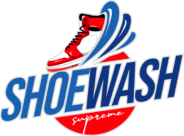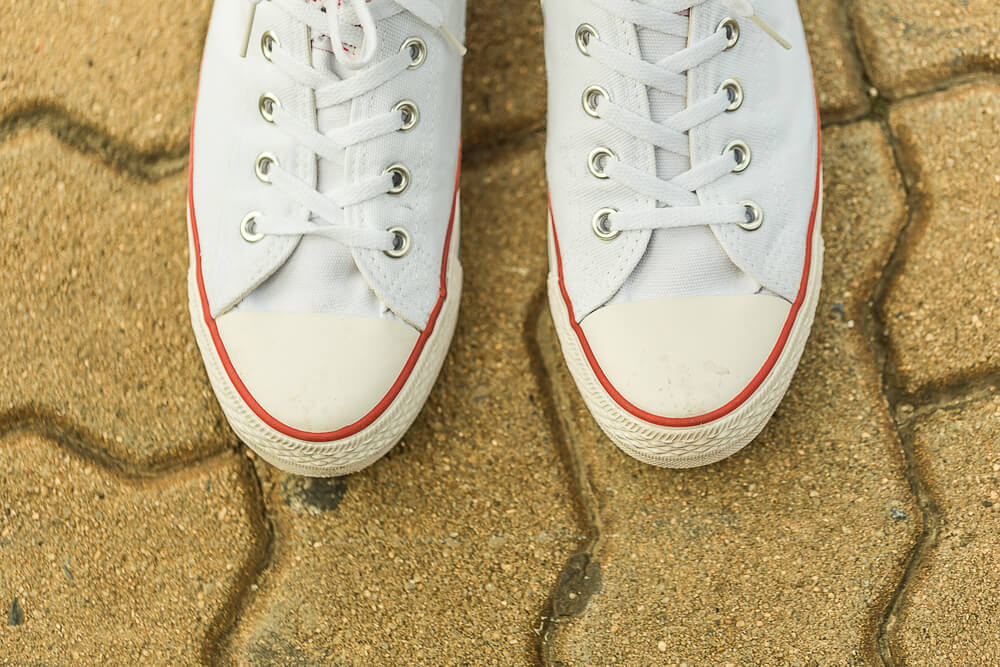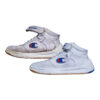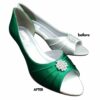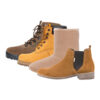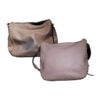Introduction
There’s something undeniably appealing about a fresh pair of white sneakers. They’re versatile, stylish, and can instantly elevate any outfit. But as every sneaker aficionado knows, keeping them in pristine condition is a constant battle. Despite our best efforts, they often lose their bright white hue and turn an unsightly shade of yellow over time.
The importance of maintaining white shoes cannot be overstated. Not only does it keep your kicks looking fresh and clean, but it also extends their lifespan, ensuring that you get the most out of your investment. Plus, a clean pair of sneakers says a lot about a person’s attention to detail and personal style.
Many of us have experienced the disappointment of discovering our once gleaming white sneakers have turned yellow. It’s a common problem, and one that can be incredibly frustrating, especially when you’re not sure why it’s happening or how to fix it. In this blog post, we’ll delve into the reasons behind this discolouration and offer some effective solutions to effectively remove yellow stains.
Disclaimer: At Shoewash Supreme, some links in our blog posts are affiliate links. This means we may earn a small commission if you click through and make a purchase, at no extra cost to you. We only recommend products and services that we truly believe will benefit our readers and enhance your shoe care experience. Your support helps us continue to provide top-notch tips, tricks, and product recommendations to keep your kicks looking their best. Thank you for supporting Shoewash Supreme!
Chapter 1: The Science Behind Yellow Soles
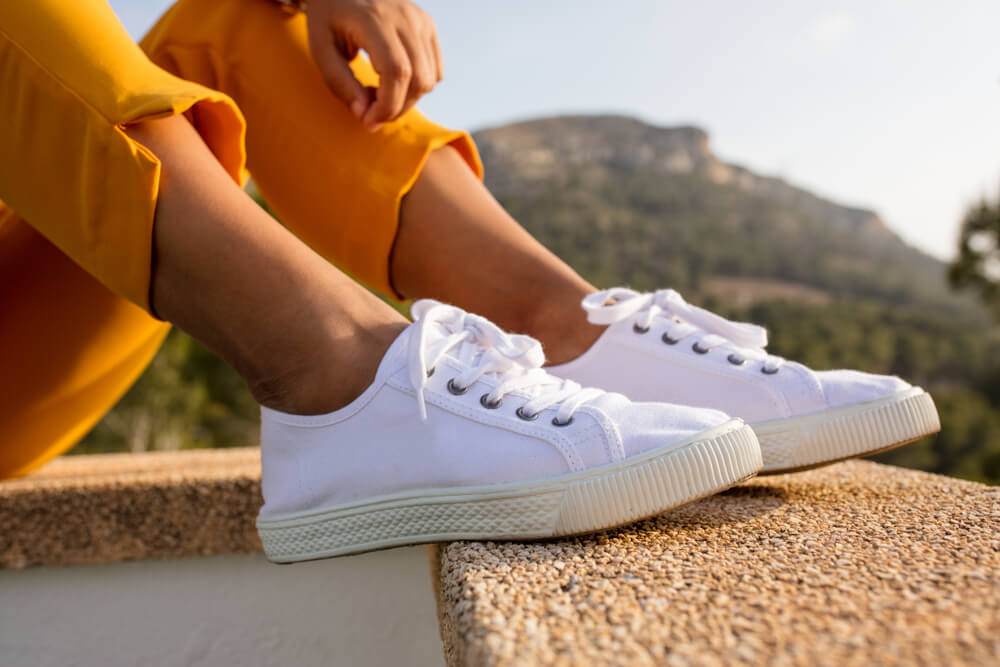
What is Oxidation?
Oxidation is a chemical process where a substance loses electrons, often involving the addition of oxygen or the removal of hydrogen. In simpler terms, it’s the process through which an element or compound interacts with oxygen. When it comes to white shoes, oxidation mostly affects the rubber soles, leading to discolouration over time.
Why Does Oxidation Happen?
The oxidation process typically occurs when materials are exposed to certain environmental conditions, such as air, light, heat, and humidity. The rubber used in the soles of most sneakers is a polymer made up of long chains of molecules. When these molecules come into contact with oxygen (in the air), they undergo a chemical reaction known as oxidation.
It’s important to note that oxidation can be accelerated by factors like heat and moisture. Therefore, wearing your sneakers on a hot, sunny day or storing them in a warm, damp place can expedite the oxidation process.
Oxidation and Yellowed Soles
Now, you might be wondering, “How does oxidation lead to my white sneakers turning yellow?” As the rubber soles undergo oxidation, the molecular structure changes. This change causes a shift in how the material absorbs and reflects light, resulting in a visible colour change.
In the case of white shoes, the oxidized rubber tends to reflect light in such a way that we perceive it as yellow. This is why your once bright white sneakers start to turn yellow over time. Please note, yellow soles caused by oxidation are different than yellow bleach stains.
Can You Clean Yellow Stains?
We frequently receive inquiries about how to remove yellow stains from sneakers. The good news is, it can indeed be done! Understanding the science behind the yellowing is the first step in combating it.
In the following chapters, we’ll explore strategies to slow down the oxidation process and remedies to reverse the yellowing caused by it.
Chapter 2: Common Reasons for Yellowing of White Shoes
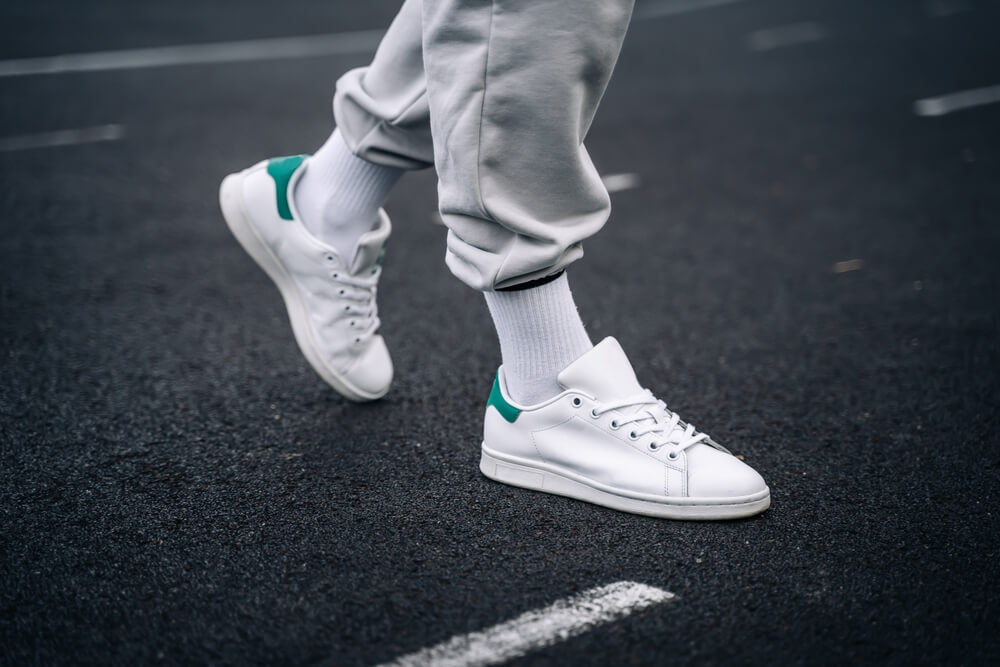
While the oxidation process plays a significant role in the discolouration, there are various other factors that can contribute to your shoes turning yellow. Understanding these factors can provide insights into how to better care for and maintain your sneakers.
Factors that Contribute to Yellowing
When it comes to yellow soles, numerous factors need to be taken into consideration.
Sweat
One of the most common causes of yellowing is sweat. When you wear your shoes, your feet naturally produce sweat, which is absorbed by the material of your sneakers. Over time, the salts and other components present in sweat can cause discolouration, particularly for white shoes where stains are more visible.
Dirt
White sneakers can easily pick up dirt from the environment. Even if the dirt isn’t immediately noticeable, it can gradually build up and lead to a yellowish hue. This is especially true if the dirt gets embedded in the fabric or leather of your shoes and isn’t cleaned off regularly.
Sun Exposure
Prolonged exposure to sunlight can lead to yellowing of white sneakers. The ultraviolet (UV) rays in sunlight can cause the rubber soles of the shoes to oxidize, as discussed in the previous chapter. This oxidation leads to a change in the colour of the soles from white to yellow.
Aging
Just like everything else, shoes age too. As white shoes get older, the materials they’re made from can start to break down. This process can result in discolouration, often giving the shoes a yellowing effect.
In the next chapters, we will explore different strategies and remedies to counteract these factors and keep your white sneakers looking as good as new. From routine cleaning and proper storage to using specific products designed to prevent yellowing, there are numerous ways to extend the life of your favourite white kicks.
Chapter 3: Home Remedies for Whitening Your Yellowed Sneakers
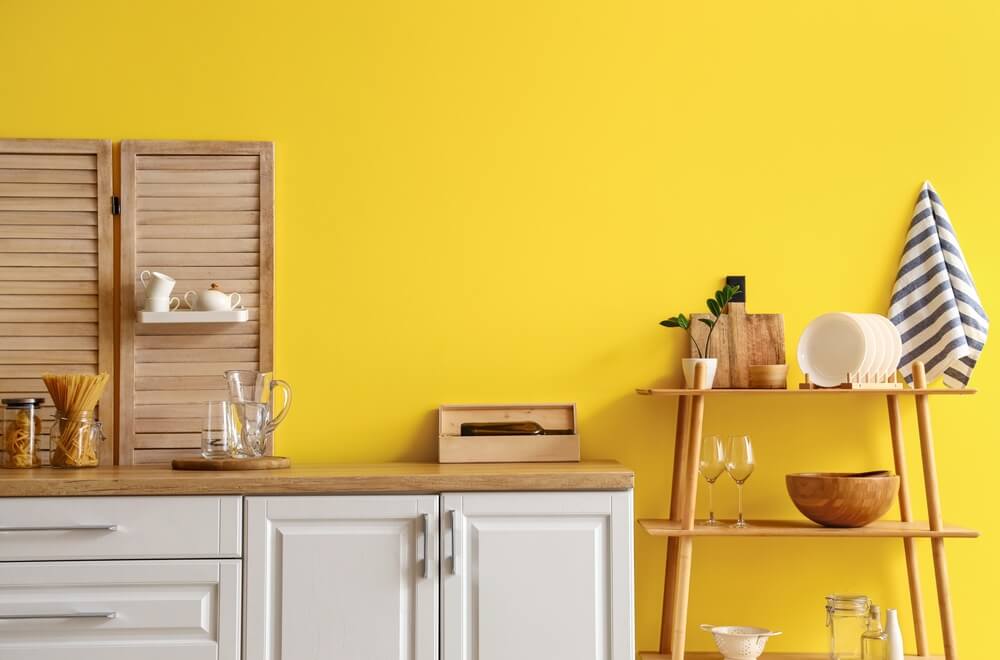
Looking for solutions to whiten yellow soles? You don’t always need to invest in expensive cleaning products. In fact, you can often find effective whitening remedies right in your home. This chapter will introduce some do-it-yourself (DIY) methods using simple household ingredients.
Baking Soda and White Vinegar
One of the most popular DIY methods involves using baking soda and laundry detergent. Here’s a step-by-step guide on how to use this remedy:
- Preparation: Remove the laces from your shoes and set them aside. It’s always best to wash your shoelaces separately.
- Mix Cleaning Solution: In a small bowl, combine equal parts of hot water, white vinegar, baking soda and one teaspoon of laundry detergent. Mix until it forms a consistent paste.
- Apply the Paste: Using an old toothbrush, apply the paste to your shoe’s surface. Be sure to cover all the affected areas thoroughly.
- Let It Sit: Let the paste sit on your shoes for about half an hour to one hour.
- Rinse and Dry: After the paste has done its work, rinse your shoes under warm water. Then, pat dry with a towel and leave them in a well-ventilated area to air dry. Be sure to avoid direct sunlight as this can further damage your footwear.
You can also use this solution to treat yellow bleach stains. Additionally, if you need something a little stronger than white vinegar, you can substitute with hydrogen peroxide.
Whitening Toothpaste
Believe it or not, toothpaste isn’t just for keeping your teeth white. It can also help to whiten yellow soles. Just be sure to use a white coloured paste! Here’s how to do it:
- Clean Your Shoes: Before applying toothpaste, ensure your shoes are free from loose dirt.
- Apply Toothpaste: Using a toothbrush, apply a generous amount of white toothpaste to the affected area of your shoes.
- Scrub: Gently scrub the areas where you’ve applied the toothpaste.
- Wipe Clean: After scrubbing, wipe off the toothpaste with a damp cloth.
- Dry: Let your shoes air dry in a well-ventilated area.
How to Whiten Yellowed Sneaker Soles Using Angelus Sole Bright Solution
When it comes to whitening yellowed sneaker soles, Angelus Sole Bright solution stands out as an effective home remedy. This specialized gel targets oxidation, which is the primary cause of yellowing, and helps restore your sneaker soles to their original white condition.
Product Overview: Angelus Sole Bright is formulated to remove oxidation stains on sneaker soles. Oxidation is what causes the unsightly yellowing, and Angelus Sole Bright effectively breaks down these stains, bringing back the bright white appearance of your soles. This product is highly regarded among sneaker enthusiasts for its proven effectiveness and user-friendly application process.
Why Choose Angelus Sole Bright for Sneaker Whitening?
- Effective Whitening: Angelus Sole Bright is specifically designed to eliminate yellow stains caused by oxidation, offering noticeable improvements in the appearance of sneaker soles.
- Safe on Materials: The product is crafted to be safe for various sneaker sole materials, minimizing the risk of damage during treatment.
- Easy to Use: With simple application instructions, even beginners can achieve professional results at home.
Step-by-Step Guide: How to Use Angelus Sole Bright
- Preparation:
- Clean the sneaker soles thoroughly with a mild soap and water solution to remove any dirt and grime. Allow the soles to dry completely before applying the product.
- Application:
- Apply a generous amount of Angelus Sole Bright to the yellowed areas. Use a brush to spread the gel evenly over the entire surface of the sole.
- Wrapping:
- Cover the treated areas with plastic wrap. This step helps prevent the solution from drying out too quickly and ensures it works more effectively.
- Sunlight Exposure:
- Place your sneakers in direct sunlight for 1-2 hours. The UV rays from the sun activate the solution, enhancing its whitening effects. If direct sunlight is not available, a UV light can be used as an alternative.
- Rinsing:
- After the treatment period, remove the plastic wrap and rinse off the solution with water. Pat the soles dry with a clean cloth.
- Repeat if Necessary:
- For heavily yellowed soles, you may need to repeat the process a few times to achieve the desired results. Make sure the soles are completely dry between treatments.
Tips for Best Results:
- Test a Small Area First: Always test the product on a small, inconspicuous area of the sole to ensure there are no adverse effects.
- Avoid Overexposure: Do not leave the solution on the soles for too long, as excessive exposure to UV rays can potentially damage the material.
- Regular Maintenance: Incorporate regular cleaning and occasional treatments with Angelus Sole Bright into your shoe care routine to maintain their appearance.
Using Angelus Sole Bright is a highly effective home remedy for whitening yellowed sneaker soles. By following these steps, you can restore your sneakers to their original clean and bright condition, keeping them looking fresh and new.
Tips and Precautions When Using Home Remedies
While these DIY methods can be effective, it’s important to use them with care:
- Always test a small, inconspicuous area of your shoe first to ensure the cleaning method doesn’t cause discolouration or damage.
- Avoid using coloured toothpaste as it can stain your shoes.
- Be gentle when scrubbing to avoid damaging the shoe material.
- Never put your shoes in the dryer as the heat can cause them to warp or shrink.
In the following chapters, we will discuss more advanced cleaning services that can provide an even deeper clean for your white sneakers.
Chapter 4: Professional Shoe Whitening Solutions
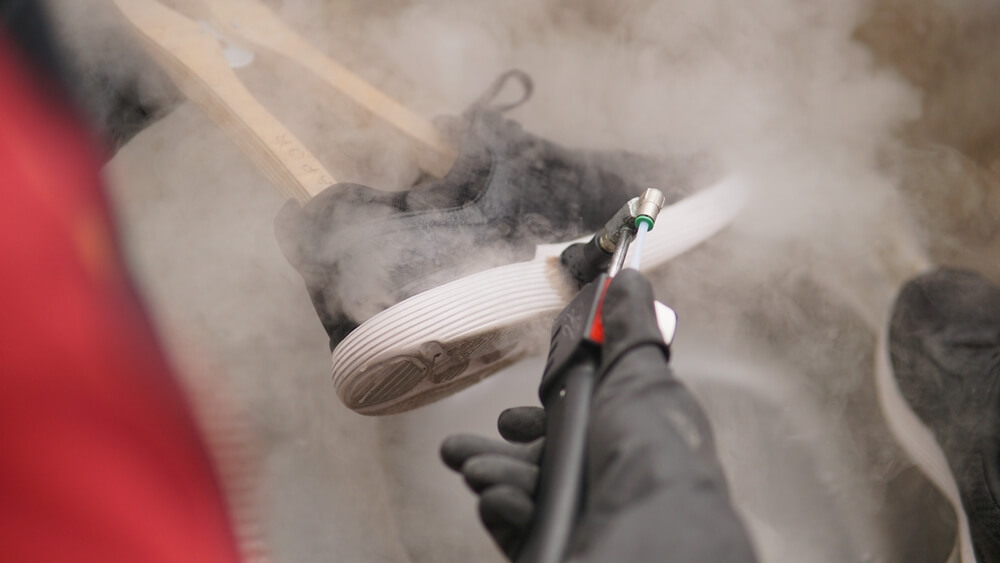
While DIY methods for whitening yellowed sneakers can be convenient and cost-effective, they also have their limitations and potential drawbacks. In this chapter, we will discuss these limitations, explore the need for professional shoe whitening services, and introduce you to Shoewash Supreme’s Sole Whitening service.
Limitations and Potential Damage from DIY Solutions
DIY solutions, though handy, are not a one-size-fits-all solution for whitening shoes. Here are some factors to consider:
- Ineffectiveness on Stubborn Stains: Home remedies may not be potent enough to handle deep-seated or tough stains. They’re best for mild discolouration or fresh stains.
- Potential Damage: Some ingredients can be harsh on certain materials. Over time, repeated use can cause your shoes to wear down faster.
- Inconsistency: The results of DIY methods can vary greatly due to differences in the application method, the exact proportions of the ingredients used, and the type of shoe material.
Considering these limitations, there is an evident demand for professional shoe care services.
The Need for Professional Reverse Oxidation
Professional reverse oxidation services offer a comprehensive and dependable solution for rejuvenating the natural colour of your white soles. These services are carried out by skilled experts who utilize specialized cleaning agents and techniques, all while ensuring the integrity of your shoes remains intact. Moreover, their expertise extends to handling various shoe materials and addressing different levels of staining or discolouration. For more benefits, see our reasons shoe cleaners are essential.
Shoewash Supreme’s Sole Whitening Service
Shoewash Supreme has made a name for itself as a full-service shoe cleaning and repair shop in Vancouver. One of its standout services is the Sole Whitening service, which is specially designed to tackle the issue of yellowing soles on white sneakers.
We use a blend of cleaning agents that are gentle on your shoes yet effective at removing stains. Our skilled technicians restore the original brightness of your shoes using reverse oxidation techniques and specialized equipment.
Chapter 5: How to Keep Your White Sneakers From Turning Yellow
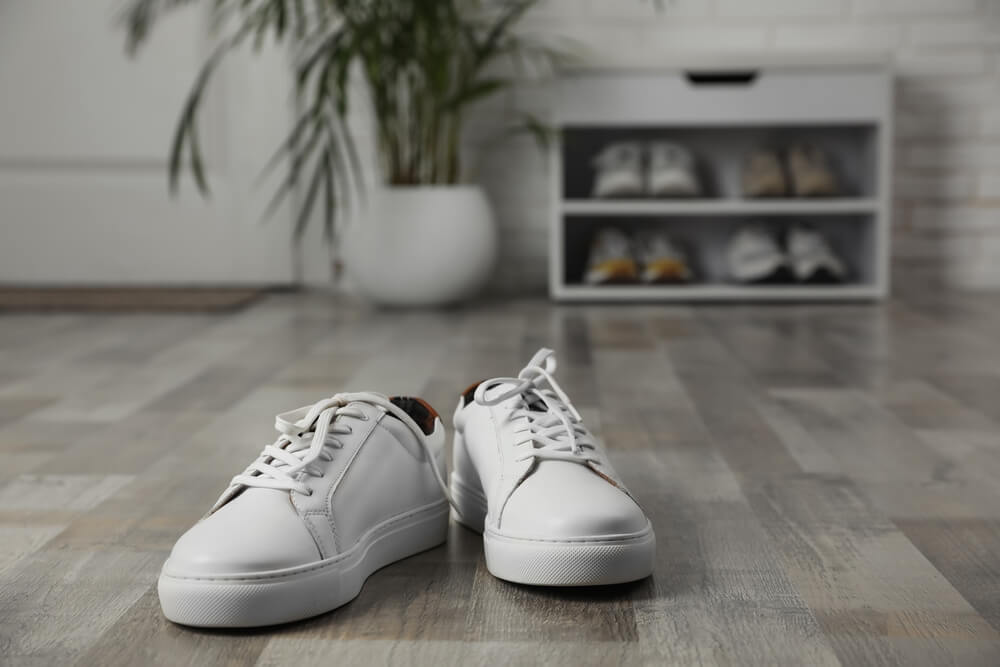
Maintaining the pristine whiteness of your sneakers can seem like a daunting task, but with the right strategies and preventive measures, it is possible. In this chapter, we will share tips on how to maintain your white shoes, advice on preventing yellowing, and the importance of regular maintenance and professional cleaning.
Tips on How to Maintain Your White Sneakers
- Clean Regularly: Don’t wait for noticeable stains or discolouration to set in before you clean your shoes. Wipe them down after each wear to remove any dirt or dust that has settled. See our complete guide on how to clean white sneakers.
- Use a Shoe Cleaner: Invest in a high-quality shoe cleaner designed for white sneakers. These cleaners are formulated to lift off stains without damaging the material of the shoe.
- Dry Properly: Always let your shoes dry naturally. Direct sun or heat can cause yellowing.
- Use a Shoe Protector Spray: A shoe protector spray creates a barrier that repels water and prevents stains from setting into the material.
Importance of Regular Maintenance and Professional Cleaning
Regular maintenance can extend the life of your shoes and keep them looking fresh. This includes wiping them down after each use, using a shoe cleaner, and letting them dry properly.
However, even with the best care, your shoes may still begin to yellow over time. That’s where professional cleaning services like Shoewash Supreme’s Sole Whitening service come in.
By incorporating these tips and measures into your shoe care routine, you can keep your white shoes looking their best for longer.
Conclusion
Caring for your white shoes is an art that demands regular attention. DIY methods such as using toothpaste can provide a quick fix, but professional services like Shoewash Supreme’s Sole Whitening service are an indispensable resource.
With the right blend of regular maintenance, preventive measures, and professional cleaning, you can keep your kicks in pristine condition for a longer duration. Remember, the longevity of your shoes relies not just on the quality at purchase but also on the quality of care thereafter. Thanks for reading!
